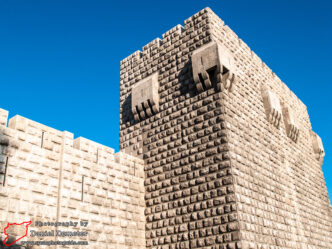
Damascus – Damascus Citadel دمشق – قلعة دمشق
Located in the northwest corner of the old city, the Damascus Citadel (قلعة دمشق) was first fortified under Turkmen warlord Aziz Bin …

Located in the northwest corner of the old city, the Damascus Citadel (قلعة دمشق) was first fortified under Turkmen warlord Aziz Bin …
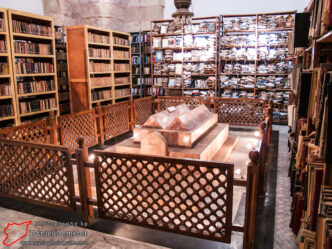
al-Madrasa al-Aadiliyeh (المدرسة العادلية) is an Ayyubid-era religious school named after al-Aadil Seif al-Din Abu Bakr Bin Ayoub (العادل سيف الدين أبو …
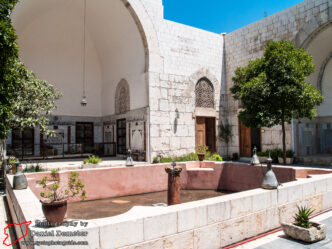
al-Bimaristan al-Nuri (البيمارستان النوري) was originally a hospital and medical teaching center, established by Nur al-Din Mahmoud Zenki (نور الدين محمود زنكي) …
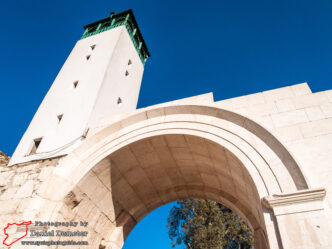
The old city of Damascus (دمشق) was once surrounded by extensive fortifications that included walls, towers, and gates in addition to the …
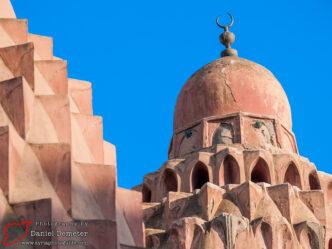
Hidden away in the markets of the old city of Damascus (دمشق) is Nur al-Din al-Shahid Mosque (جامع نور الدين الشهيد), the …
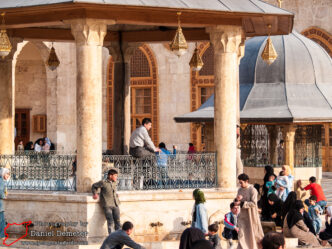
The Great Mosque of Aleppo (جامع حلب الكبير) is the largest and most well-known religious monument in the old city of Aleppo …
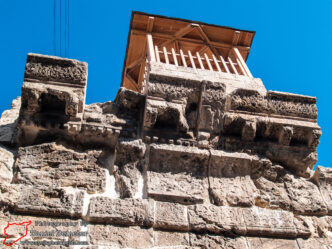
The origin of al-Shayabiyeh Mosque (جامع الشعيبية) is not entirely clear, but the present structure largely dates to 1150 during the rule …
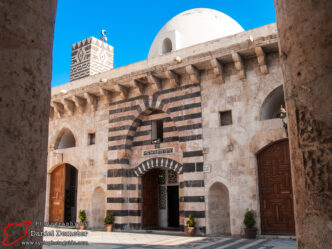
Great Mosque of Hama (جامع حماة الكبير) is the most impressive religious site in the city, despite being almost entirely reconstructed after …
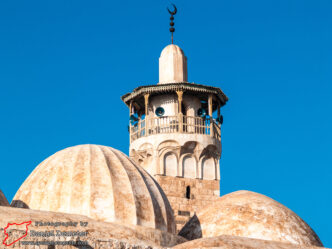
al-Nuri Mosque (جامع النوري) was constructed in 1163 during the reign of Nur al-Din Mahmoud Zenki (نور الدين محمود زنكي). Acknowledging the …
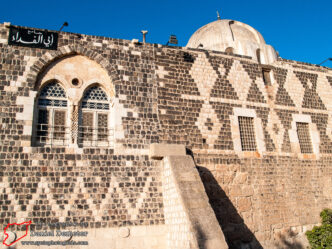
The city of Hama (حماة) has several historic mosques worth visiting in addition to the famed Great Mosque of Hama (جامع حماة …